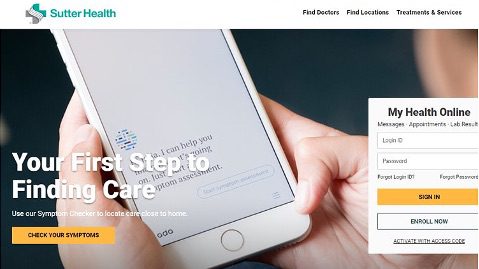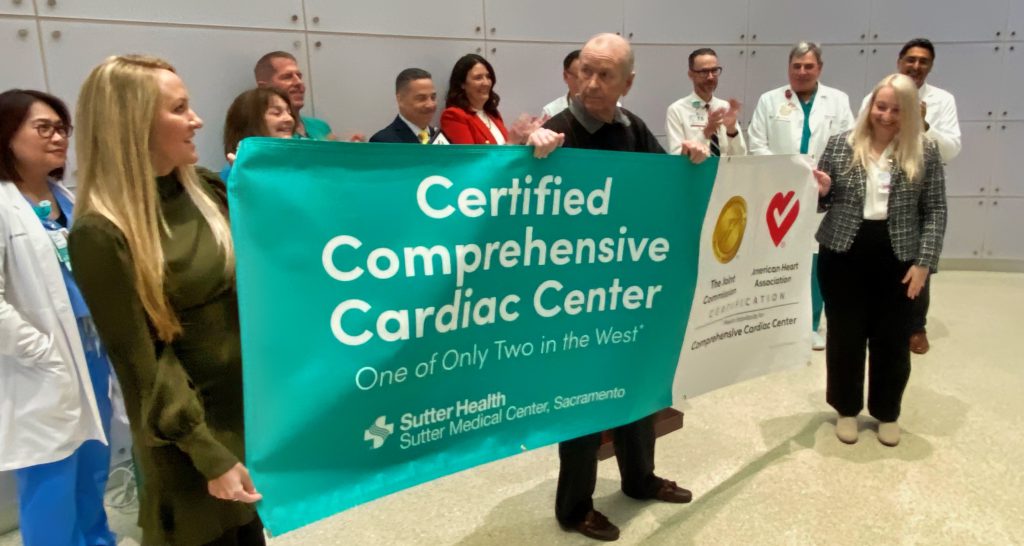Keith E Morse, MD, MBA; Nicolai P Ostberg, MS; Veena G Jones, MD; Albert S Chan, MD, MS
J Med Internet Res 2020;22(11):e20549
ABSTRACT:
Background: Pressure on the US health care system has been increasing due to a combination of aging populations, rising health care expenditures, and most recently, the COVID-19 pandemic. Responses to this pressure are hindered in part by reliance on a limited supply of highly trained health care professionals, creating a need for scalable technological solutions. Digital symptom checkers are artificial intelligence–supported software tools that use a conversational “chatbot” format to support rapid diagnosis and consistent triage. The COVID-19 pandemic has brought new attention to these tools due to the need to avoid face-to-face contact and preserve urgent care capacity. However, evidence-based deployment of these chatbots requires an understanding of user demographics and associated triage recommendations generated by a large general population.
Objective: In this study, we evaluate the user demographics and levels of triage acuity provided by a symptom checker chatbot deployed in partnership with a large integrated health system in the United States.
Methods: This population-based descriptive study included all web-based symptom assessments completed on the website and patient portal of the Sutter Health system (24 hospitals in Northern California) from April 24, 2019, to February 1, 2020. User demographics were compared to relevant US Census population data.
Results: A total of 26,646 symptom assessments were completed during the study period. Most assessments (17,816/26,646, 66.9%) were completed by female users. The mean user age was 34.3 years (SD 14.4 years), compared to a median age of 37.3 years of the general population. The most common initial symptom was abdominal pain (2060/26,646, 7.7%). A substantial number of assessments (12,357/26,646, 46.4%) were completed outside of typical physician office hours. Most users were advised to seek medical care on the same day (7299/26,646, 27.4%) or within 2-3 days (6301/26,646, 23.6%). Over a quarter of the assessments indicated a high degree of urgency (7723/26,646, 29.0%).
Conclusions: Users of the symptom checker chatbot were broadly representative of our patient population, although they skewed toward younger and female users. The triage recommendations were comparable to those of nurse-staffed telephone triage lines. Although the emergence of COVID-19 has increased the interest in remote medical assessment tools, it is important to take an evidence-based approach to their deployment.
Keywords: symptom checker; chatbot; computer-assisted diagnosis; diagnostic self-evaluation; artificial intelligence; self-care; COVID-19





